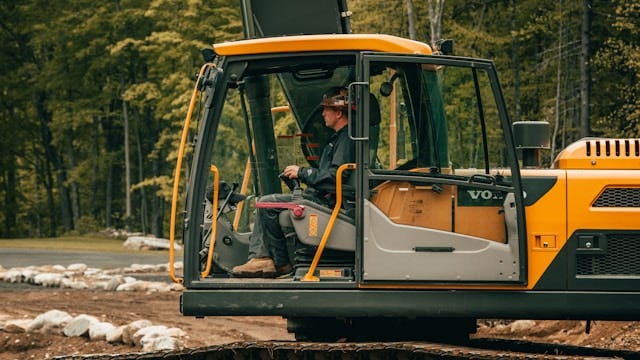Photo by Billy Freeman on Unsplash
Contractor management systems transform the way contractors supervise their operations. Efficiency is crucial in home improvement, with various tasks, projects, and staff to oversee, highlighting the necessity for efficient organization and communication.
In the past, contractors depended on paper-based methods to handle tasks ranging from estimates and contracts to scheduling and material orders. Yet, contemporary technology has revolutionized contractors' business practices.
Mobile App and Software Solutions
Construction projects often encounter difficulties in meeting deadlines and staying within budget. According to a McKinsey & Company report, construction projects exceed planned durations by 20% and budgets by 80% due to industry digitization gaps. To address these challenges, many firms are adopting cloud-based construction software.
This software enables all project participants to access current data from their devices, allowing on-site workers to submit time cards, RFIs, and expense reports for improved precision and efficiency. Additionally, the cloud-based technology streamlines information organization automatically, saving time.
When selecting construction software, it is crucial to evaluate features like real-time stakeholder connectivity, precise estimates and reports, progress monitoring, and accurate invoicing.
The optimal software solution should consolidate all project data in a unified repository and offer transparency to clients. Solutions like Joist HVAC invoicing software allow you to create and send invoices and estimates from any device on the go or at home, assisting in project management to ensure timeliness and budget adherence.
Laser Scanning
One of the most thrilling advancements in construction technology is laser scanning, which is currently aiding companies in achieving significant productivity and cost savings. Reports indicate that productivity savings through laser scanning can reach up to $0.85 per square foot.
The crucial aspect is the scanning process itself. A company has developed a portable lidar scanner that workers can carry to various job sites. This enables them to capture detailed progress scans for consistent monitoring of every project component, not just those typically checked off on a clipboard.
Another company has taken it a step further by introducing a robot capable of autonomously navigating sites. This small machine can move around effortlessly, disregarding stairs, to conduct daily or weekly scans that generate detailed progress images.
Smart Equipment
The Internet of Things (IoT) is enhancing how construction teams oversee large projects. A notable recent advancement is the use of "smart equipment" equipped with sensors that alert managers to issues well before they become costly problems.
For instance, if there are shifts in temperature or signs of excessive fuel use, IoT-equipped machinery can identify these issues, enabling proactive maintenance to prevent the need for repairs or replacements. This approach saves both time and money. Addressing problems during downtime is far simpler than dealing with extensive repairs during project installation.
Redesigned Materials
Material advancements are continually evolving, with the potential to enhance project efficiency and durability. For example, recent research uncovered new insights into the composition of Roman concrete. Unlike modern concrete utilizing Portland cement, Roman concrete employs volcanic limestone, resulting in a more robust and enduring outcome.
One such material innovation in use today is composite sheet piles. The incorporation of materials like carbon fiber is already enhancing project efficiency and longevity. This composite is more durable and easier to manage, crucial qualities for construction projects.
Cutting-edge materials like "self-healing concrete," containing calcite-precipitating bacteria to fill cracks with water entry, and "kinetic paving," generating electricity from pedestrian footsteps, may not be cost-effective for large projects yet.
Exoskeletons
Exoskeletons indeed have the potential to enhance efficiency and safety in construction. These wearable mechanical suits, worn over clothing to assist in lifting heavy machinery and equipment, are nearing practicality.
Engineered to "enhance human capabilities," these suits could assist construction workers with routine tasks, promoting physical well-being and addressing issues arising from common construction activities.
With over 40 companies producing exoskeletons globally, the cost-effectiveness of these exoskeletons may increase, leading to a rise in their utilization within the construction sector.
Endnote
Dealing with AI and automation might seem daunting, particularly if your rivals already adopt the latest technologies. However, these five procedures can be effortlessly integrated into any organization regardless of your skill level.



